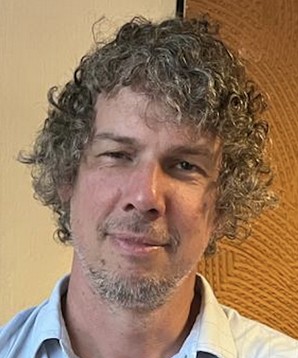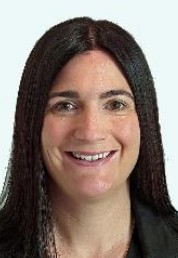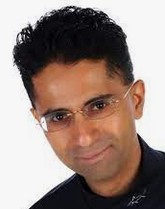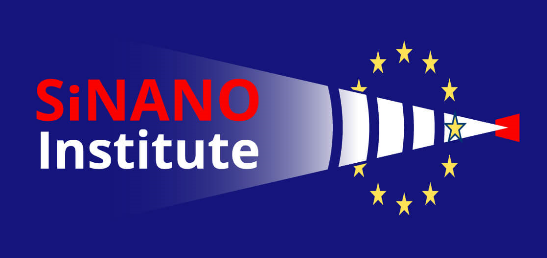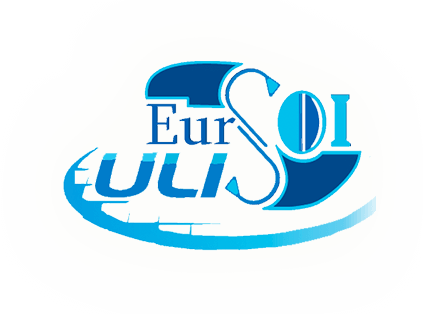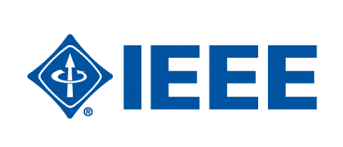Adding transient simulation of frequency domain devices to the Gnucap circuit simulator
Phd Thesis by Seán Higginbotham
Supervisor: Assistant Prof. Justin King
April 2024
Trinity College Dublin, The University of Dublin
College Green, Dublin 2, Ireland
Abstract: Radio frequency design constitutes a dominant element in the development of key communications technologies. Having accurate, robust, and widely accessible simulation methods is critical to ensuring continued advancements in this field, and guaranteeing the associated infrastructural and societal shifts that such technologies enable.
High frequency circuits invariably contain multiple non-linear components, which are naturally dealt with via time marching simulation of their time-domain analytic equations. However, including this alongside linear, generally dispersive, devices and effects, which are typically only characterised through a set of frequency-domain data describing the scattering response of an associated port-network, has traditionally been a problem for designers. Frequency-domain methods such as the harmonic balance technique and its successors have dominated radio frequency design for decades. However, such methods exhibit disadvantages in the context of modern circuits which are increasingly non-linear, and which operate with increasingly complicated modulated signals.
Various alternatives have been proposed, though as of yet no universally accepted method has emerged. Though harmonic balance will likely not be replaced, this project seeks to implement one such pure transient technique as an alternative. The proposed technique is based on using the vector-fitting algorithm to produce a model of the frequency response of the linear portnetwork, and then using a recursive convolution formulation to allow the time-domain response to be efficiently obtained from the port’s impulse response. An equivalent circuit companion model is developed from the resulting time-domain power-wave relation. This companion model allows the linear device to be directly included in a transient simulation alongside the analytic non-linear components, by way of providing a manner of computing the voltage and current on the network’s ports.
We implement the technique for one-port networks in a circuit driven by baseband signals. It is added to the free, open-source Gnucap circuit simulator as a ‘device plugin’. This report details how the implementation was done and provides results illustrating that it works as intended; the plugin can be installed by a user, who simply provides it with a file of frequency-domain data representing the port-network, and the plugin works naturally with the Gnucap transient solver to allow obtaining a transient solution of the overall circuit. A pure transient technique such as this does not require limiting assumptions or approximations on any components in the circuit and they are therefore preferable in certain contexts to frequency-domain methods like harmonic balance.
The project offers a significant contribution towards increasing the accessibility of radiofrequency electronics design and teaching.
FIG: Summary of the traditional approach to simulating RF/MW circuits via HB, and
the proposed pure transient approach implemented in this PhD Thesis
Acknowledgements: Seán Higginbotham would like to thank my M.A.I supervisor Dr. Justin King, whose previous work was the basis for this project. He provided invaluable insights and guidance which made the project both possible and an enjoyable experience, instilling curiosity at each discussion. Relevant academic references are included in the bibliography section. Acknowledgements of the dependancies used in the project code follow.
Gnucap is the creation of Albert Davis and is developed by him and others. It is provided under the GNU GPLv3, which is also the license that this project code is provided under on the associated GitHub repository.
See https://www.gnu.org/licenses/gpl-3.0.html. For the GNU GPLv3 license. Additionally, see the Gnucap repository here https://savannah.gnu.org/projects/ gnucap/.
LAPACK is a co-creation of The University of Tennessee and The University of Tennessee Research Foundation, The University of California Berkeley, and The University of Colorado Denver. See the user guide here https://netlib.org/lapack/.
The LAPACKE C bindings are the creation of Intel Corp.
The relevant licensing files are found within the source code and on the respective website.
Should the reader of this report have any questions or suggestions, please feel free to reach out at higginbs@tcd.ie, or via other channels such as the project GitHub located at https: //github.com/SHigginbotham/transient-sparam-gnucap. The project supervisor may also be of interest, available at justin.king@tcd.ie.





